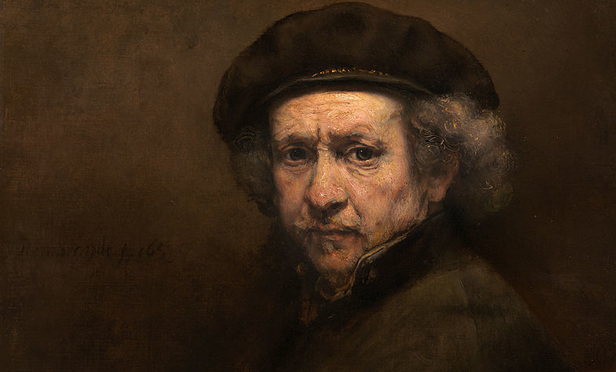Rembrandt (1606-1669) was of course one of the greatest of the great painters in the western world. His portraits and histories reveal an uncanny ability to find and capture the psychological essence of his subject. He understood and portrayed psychological nuance. He went deep below the surface to explore character and humankind. He was a painter of both power and subtlety.1
Rembrandt also brought to painting a new subject matter: namely, paint. Paint by itself was now a subject of the painting. If he painted an apple, for example, the subject of the painting was both the apple and its paint. Paint by itself was now an object to contemplate. Paint now existed by itself without any reference to nature. The drama of the painting was now also in the paint. He painted an impassioned impasto. Rembrandt’s paint is as tactile as it is visual.



